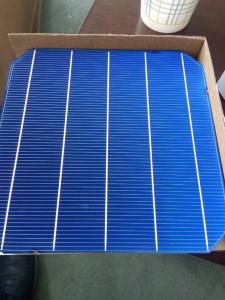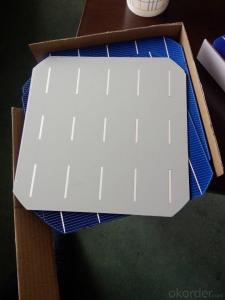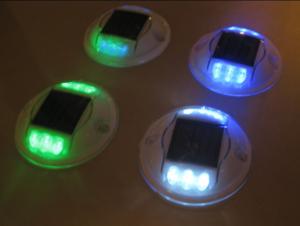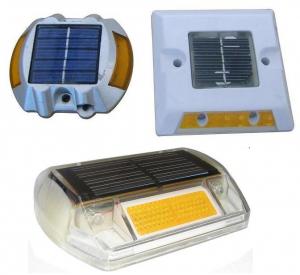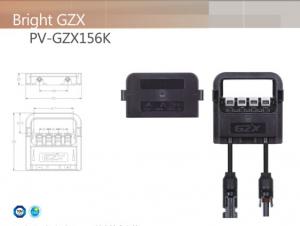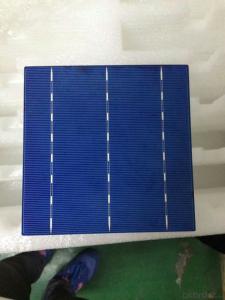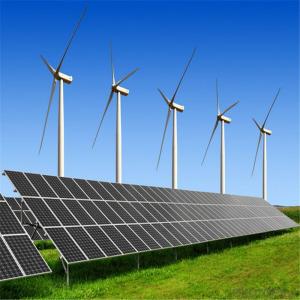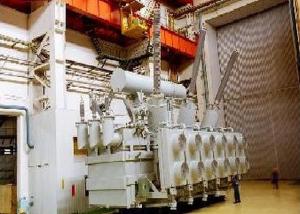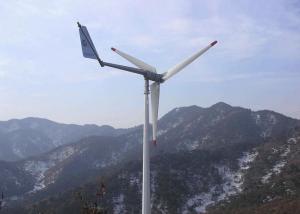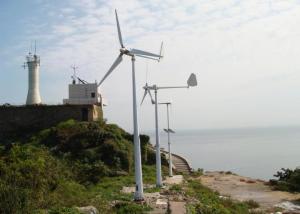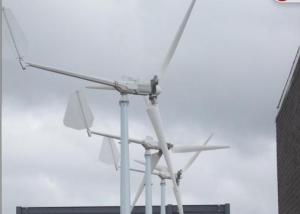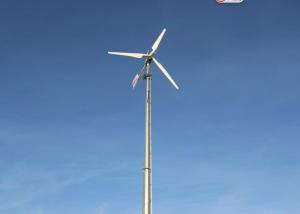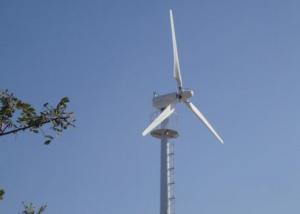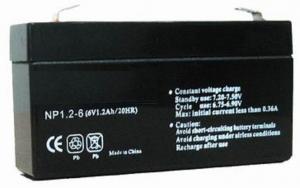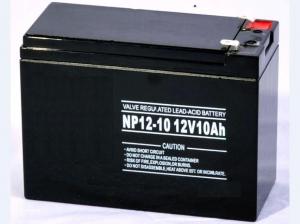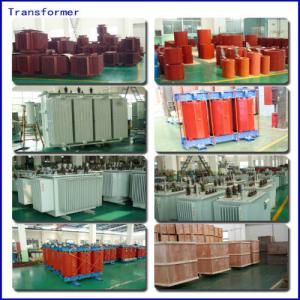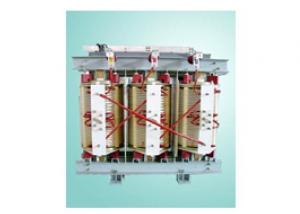Poly Solar Cell with High Conversion Efficiency
- Loading Port:
- China Main Port
- Payment Terms:
- TT or LC
- Min Order Qty:
- -
- Supply Capability:
- -
OKorder Service Pledge
OKorder Financial Service
You Might Also Like
Packaging & Delivery
| Packaging Details: | 100 pieces in one box, 10 boxes in one carton |
| Delivery Detail: | 1-2 days after received the remittance |
Specifications
1. High conversion efficiency
2.Superior quality
3.Lowest price
4.Prompt delivery
156x156mm (6x6 inch) polycrystalline solar cell,2 bus bar,3 bus bar
Dimension: 156mm x 156mm
Front: Blue silicon nitride anti-reflection coating
2.0mm silver busbars
Back: Full-surface aluminum back-surface field
4.0mm (silver / aluminum) continuous soldering pads
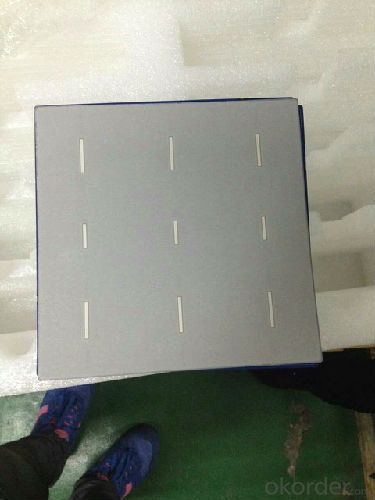

Features
1.High conversion efficiencies resulting in superior power output performance.
2.Outstanding power output even in low light or high temperature conditions
3.Optimized design for ease of soldering and lamination
4.Long-term stability,reliability and performance
5.Low breakage rate
6.Color uniformaity
Production and Quality Control
1.Precision cell efficiency sorting procedures
2.Stringent criteria for color uniformity and appearance
3.Reverse current and shunt resistance screening
FAQ
When light, in the form of photons, hits our solar cell, its energy breaks apart electron-hole pairs. Each photon with enough energy will normally free exactly one electron, resulting in a free hole as well. If this happens close enough to the electric field, or if free electron and free hole happen to wander into its range of influence, the field will send the electron to the N side and the hole to the P side. This causes further disruption of electrical neutrality, and if we provide an external current path, electrons will flow through the path to the P side to unite with holes that the electric field sent there, doing work for us alo­ng the way. The electron flow provides the current, and the cell's electric field causes a voltage. With both current and voltage, we have power, which is the product of the two.
There are a few more components left before we can really use our cell. Silicon happens to be a very shiny material, which can send photons bouncing away before they've done their job, so an antireflective coating is applied to reduce those losses. The final step is to install something that will protect the cell from the elements -- often a glass cover plate. PV modules are generally made by connecting several individual cells together to achieve useful levels of voltage and current, and putting them in a sturdy frame complete with positive and negative terminals.
1. Manufacturer Overview |
|
|---|---|
| Location | |
| Year Established | |
| Annual Output Value | |
| Main Markets | |
| Company Certifications | |
2. Manufacturer Certificates |
|
|---|---|
| a) Certification Name | |
| Range | |
| Reference | |
| Validity Period | |
3. Manufacturer Capability |
|
|---|---|
| a)Trade Capacity | |
| Nearest Port | |
| Export Percentage | |
| No.of Employees in Trade Department | |
| Language Spoken: | |
| b)Factory Information | |
| Factory Size: | |
| No. of Production Lines | |
| Contract Manufacturing | |
| Product Price Range | |
Send your message to us
Poly Solar Cell with High Conversion Efficiency
- Loading Port:
- China Main Port
- Payment Terms:
- TT or LC
- Min Order Qty:
- -
- Supply Capability:
- -
OKorder Service Pledge
OKorder Financial Service
Similar products
New products
Hot products
Related keywords

